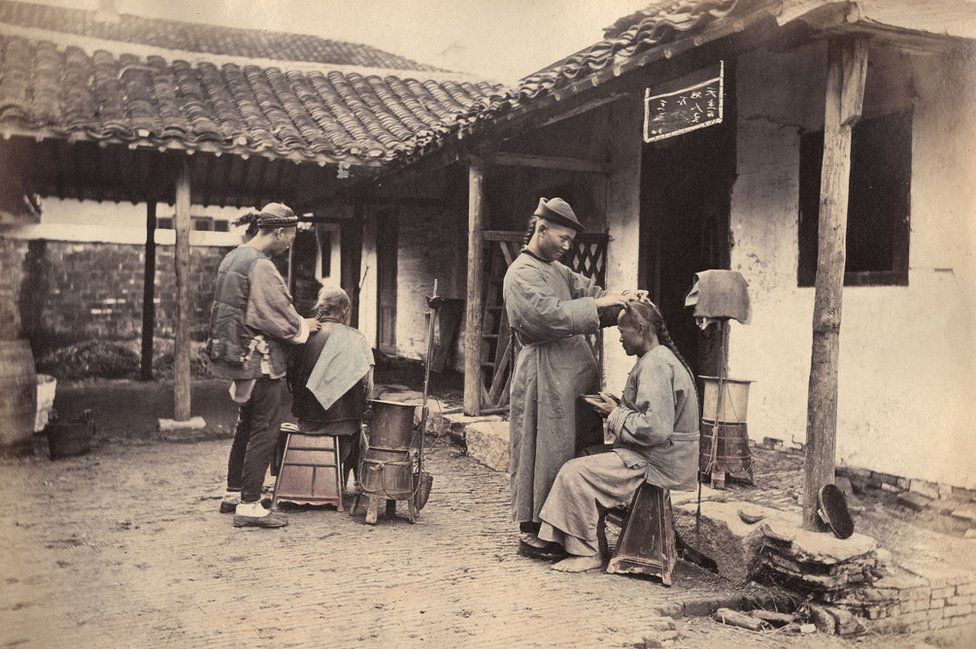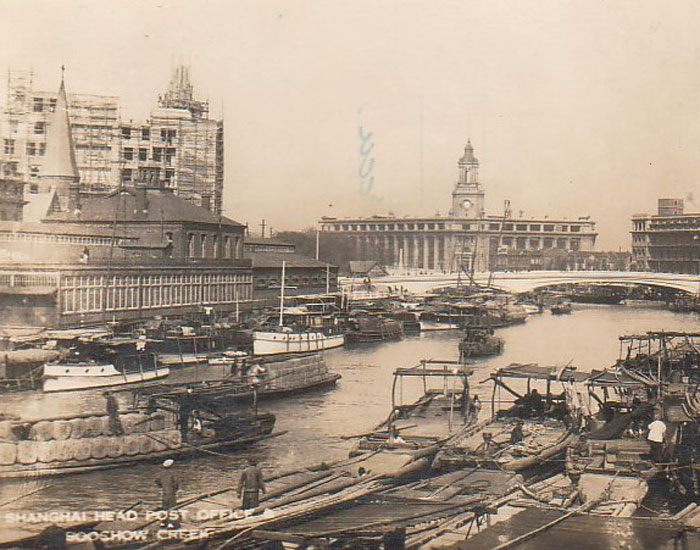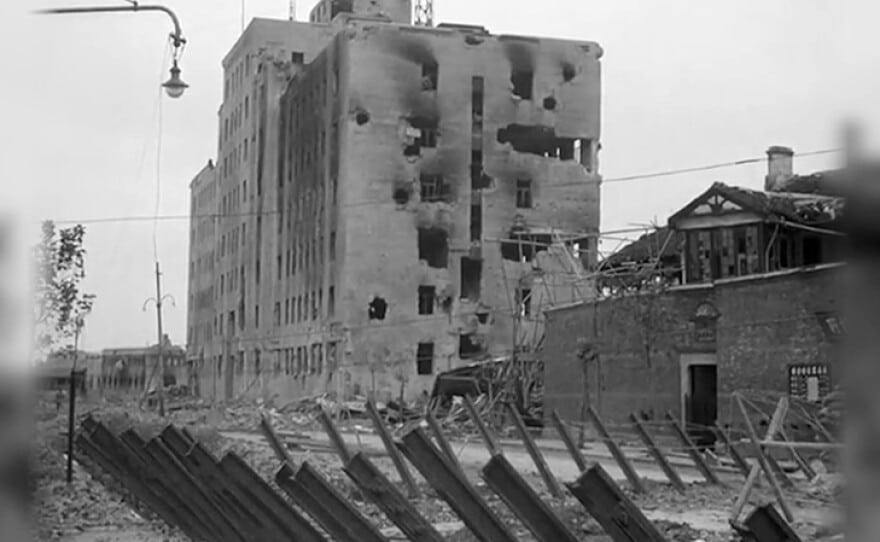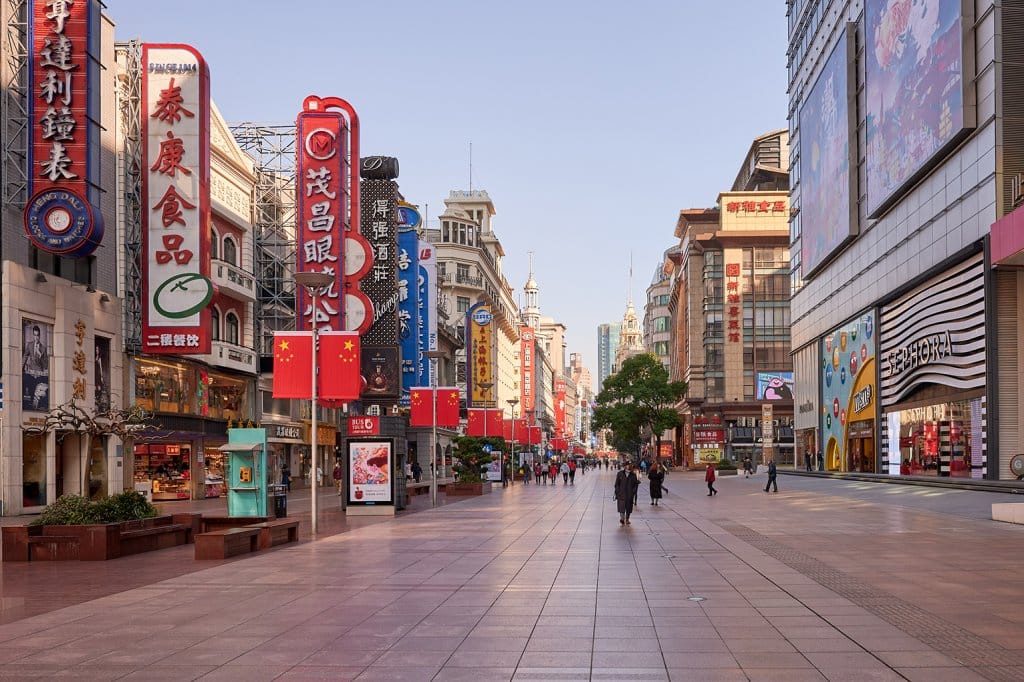The city of Shanghai, with its towering skyscrapers and bustling streets, is a metropolis that has a rich and fascinating history. From its humble beginnings as a small fishing village to becoming a major global financial center, Shanghai has evolved through the centuries and has left an indelible mark on the world stage. In this blog post, we will take a journey through time and delve into the historical significance of Shanghai.
The Early Origins of Shanghai
Shanghai’s history dates back over a thousand years, to a time when it was a small fishing village called “Hudu.” During the Tang Dynasty (618-907 AD), Hudu served as a strategic port on the Yangtze River, attracting traders and merchants from nearby regions. Over time, Hudu grew in importance and became a thriving market town.
Shanghai as a Treaty Port

In the mid-19th century, Shanghai experienced a significant turning point in its history with the arrival of Western powers. Following the First Opium War (1839-1842), China was forced to sign a series of unequal treaties with foreign powers, granting them extraterritorial rights and opening up several ports for trade. Shanghai was one of these treaty ports, and it quickly transformed into a major international trading hub.
The Influence of Foreign Concessions
As Western powers gained significant influence in Shanghai, they established their territorial concessions within the city. These concessions acted as semi-autonomous regions governed by foreign powers. The British, French, American, and other nations each had their concession areas, characterized by distinct architectural styles and cultural influences.
The foreign concessions brought rapid modernization to Shanghai, introducing Western education, medical facilities, and infrastructure. The city flourished during this period, attracting not only international trade but also a diverse community of immigrants from around the world.
Shanghai as the “Paris of the East”

During the 1920s and 1930s, Shanghai reached its pinnacle as a cosmopolitan city, earning the nickname “Paris of the East.” This era was marked by glamorous nightlife, thriving arts and entertainment scenes, and a vibrant mix of Chinese and Western cultures. The city’s iconic waterfront, known as “The Bund,” was lined with majestic neoclassical buildings, forming a symbolic representation of Shanghai’s golden age.
War and Revolution

Shanghai’s prosperity was disrupted by the outbreak of World War II and the subsequent Chinese Civil War. The city became a hotbed of political turmoil and saw the rise of various factions and ideologies. In 1949, the Chinese Communist Party emerged victorious, and Shanghai, like the rest of China, underwent radical social and economic transformations.
Shanghai Today
In the decades following the establishment of the People’s Republic of China, Shanghai has experienced remarkable growth and development. It has become a global financial center and a symbol of China’s economic rise. The city is known for its futuristic skyline, with iconic landmarks such as the Oriental Pearl Tower and the Shanghai World Financial Center.

Shanghai has also preserved its historical charm, with architectural remnants of its colonial past still standing proudly alongside modern structures. The French Concession, for example, is a popular neighborhood that showcases a blend of European and Asian influences.
The Future of Shanghai
Looking ahead, Shanghai continues to evolve and adapt to the challenges and opportunities of the 21st century. The city’s government has embarked on ambitious urban planning projects, aiming to create a more sustainable, livable, and technologically advanced metropolis.
Shanghai is also a center for innovation and creativity, with a burgeoning arts and technology scene. The city hosts numerous international events and conferences, drawing global attention and contributing to its position as a global city.
In conclusion, Shanghai’s history is a captivating tale of transformation and resilience. From its humble origins as a fishing village to its current status as a global powerhouse, Shanghai has undergone significant changes throughout the centuries. The city’s ability to embrace its past while forging ahead into the future is a testament to its enduring spirit. Whether strolling along The Bund, exploring the historic neighborhoods, or marveling at the modern skyline, Shanghai offers a mesmerizing journey through time that all travelers should experience.

